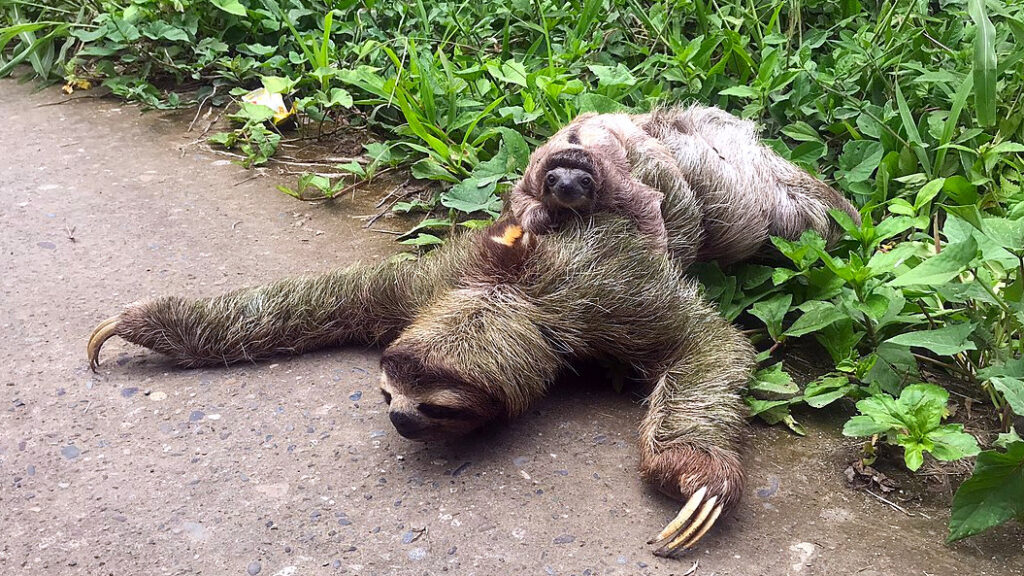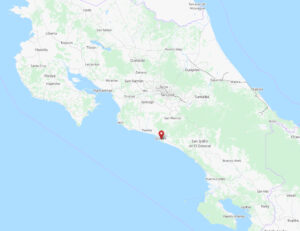
In the lush wilderness of Puntarenas, Costa Rica, dwell two fascinating species of sloths, adding an aura of mystery and charm to the region’s biodiversity. The Manuel Antonio National Park stands as a haven for these elusive creatures, housing both the three-toed and two-toed sloths within its verdant confines.
Sloths, scientifically recognized as Bradypus variegatus and Choloepus hoffmani, inhabit the vast landscapes from Honduras to northern Argentina and Peru. These intriguing mammals, descendants of the Megatherium, once colossal giants, have adapted to arboreal lifestyles and reduced in size over evolutionary epochs.
 In Puntarenas, sloths find sanctuary in the tropical forests, donning camouflage abilities that make them a challenge to spot, particularly the three-toed sloth with its distinctive grayish, algae-covered fur. The Manuel Antonio National Park, with its dense rainforest, offers opportunities for sightings, but keen eyes or a local guide are indispensable due to their elusive nature.
In Puntarenas, sloths find sanctuary in the tropical forests, donning camouflage abilities that make them a challenge to spot, particularly the three-toed sloth with its distinctive grayish, algae-covered fur. The Manuel Antonio National Park, with its dense rainforest, offers opportunities for sightings, but keen eyes or a local guide are indispensable due to their elusive nature.
These sloth species, either diurnal or nocturnal, spend much of their lives suspended from tree branches, descending only once a week for defecation, showcasing a unique and fascinating survival strategy. They possess impressive adaptations, such as defensive claws and a slow metabolism, aiding their energy conservation.
Despite their gentle demeanor, these creatures face threats from deforestation, illegal wildlife trade, and habitat loss, warranting extensive conservation efforts by dedicated organizations and sanctuaries across the region.
The intriguing symbiosis between sloths and their ecosystem stands as a testament to their significance in maintaining forest balance. Their diet, primarily comprising leaves, branches, and the occasional insect feast, plays a pivotal role in seed dispersal, contributing to the diverse plant species in their habitat.
Puntarenas, home to these mesmerizing creatures, hosts an intricate dance of nature where sloths, with their slow movements and unique adaptations, play a pivotal role. Though not endangered in Costa Rica presently, their conservation remains critical in preserving the delicate equilibrium of the region’s rich biodiversity.
As they amble through the forest canopy, their fur, an entire ecosystem in itself, harbors colonies of algae, fungi, and mites. This green-tinted fur serves as a natural disguise, concealing them from predators while adding to their unique allure.
While their cute appearance and leisurely lifestyle often captivate attention, the challenges they face underscore the importance of safeguarding their habitat. Sloths, in their serene existence within Puntarenas’ forests, stand as guardians, symbolizing the fragile yet resilient balance of nature in this tropical realm.
